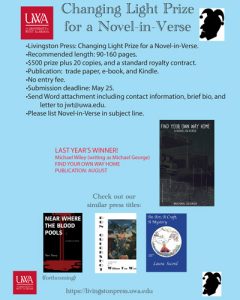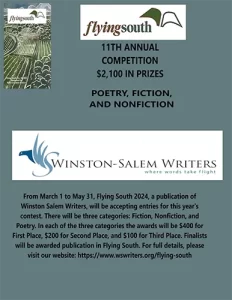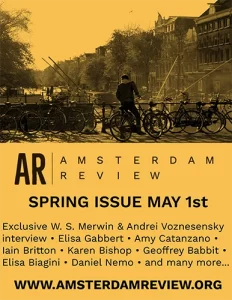Journal of Ordinary Thought – Winter 2012
Winter 2012
Quarterly
Mitchell Jarosz
Let’s call it “folk art.” It’s certainly folk literature. It would be chic to call it urban myth, but I call it my history. Who doesn’t remember the sand man and the boogie man? I feel sorry for them. Then there’s the wahoo man, and the weird aunt and the uncle who . . . The Journal of Ordinary Thought is just that. My neighborhood, my people. It’s not just a trip down memory lane; it’s decent literature, in the language of the people I grew up with, speaking to me about many of the events that we experienced and that you’ll enjoy reliving.
Let’s call it “folk art.” It’s certainly folk literature. It would be chic to call it urban myth, but I call it my history. Who doesn’t remember the sand man and the boogie man? I feel sorry for them. Then there’s the wahoo man, and the weird aunt and the uncle who . . . The Journal of Ordinary Thought is just that. My neighborhood, my people. It’s not just a trip down memory lane; it’s decent literature, in the language of the people I grew up with, speaking to me about many of the events that we experienced and that you’ll enjoy reliving.
What does it read like? Well, if you’re looking for the best professional work, this isn’t it. It is in fact, ordinary. It’s average style by average people. It’s best to put your feet up and follow the JOT writers through urban legends, rumors and tall tales, most of which will remind you of your own childhood. It isn’t necessary to have been young in a major city. There’s something in this collection that will bring back memories to nearly everyone. And it’s just like sharing with your friends at an evening get together.
This issue, “I Believed Every Word,” includes Found Art and a variety of works from not only from Chicago’s Neighborhood Writing Alliance but also contributors (particularly the found art photos) from a variety of people from (your?) neighborhood. Their narratives are entertaining—their stories and images really are yours and mine. Well, I can’t speak for every generation, but the stories and poems certainly speak to the urban memories that I and my friends have shared.
On the non-traditional side, there are variations of old myths that absorb modern problems; see “Don’t Look Under the Bridge,” by Claire Bartlett. If you know that trolls were the social outcasts of society, then it comes as no surprise that troubled veterans can become our modern trolls. Artists have always commented on society, and a collection such as this one is no exception. These people speak to us of our shared fears and our shared hopes, from the first walk down the street at night to first communion to the unearned gift from/to a false love to “I was four and a half year old when my . . . “
The poetry ranges from traditional rhymed to live mic to pretty darn good, but is always heartfelt. The ethnicity of most of the work is “Chicago.” The poems are Serbian, Latino, brother, neighbor. And I can’t imagine not having fun visiting the neighborhood. Similarly the pictures can take you back to your childhood; well, if they used cameras and black and white film when you were a kid. But even if they didn’t, the photos run from “quaint” to telling.
“JOT strives to be a vehicle for reflection, communication and change.” It works.
[www.jot.org/journal_of_ordinary_thought.php]




